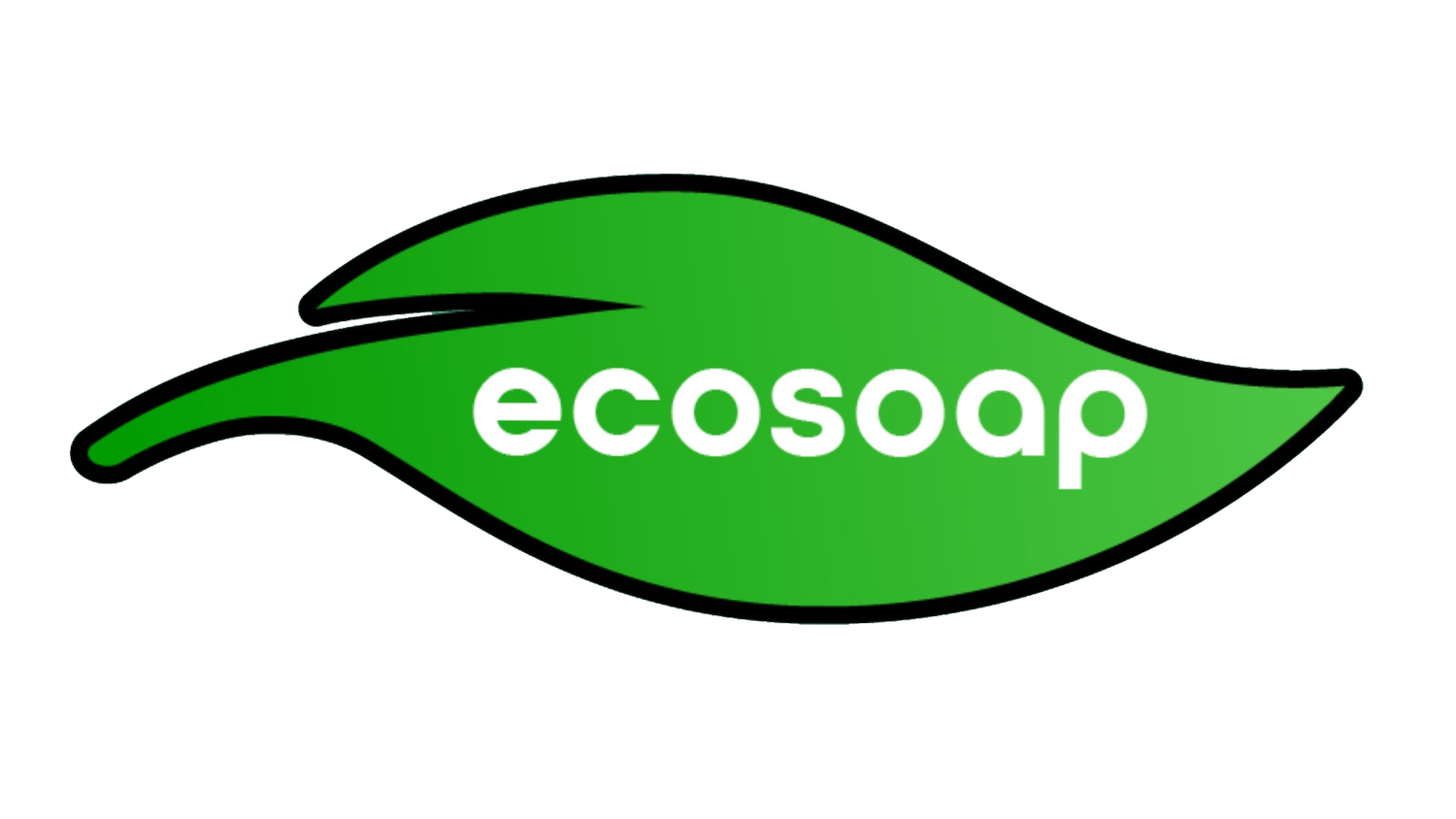4 foundational ingredients. 0 additives.
You can’t get more natural than that.
How we do it
In striving to create the highest quality soap, EcoSoap prides itself in being as transparent as possible throughout every step in our production process.
Refinement
Refinement begins by first going direct to suppliers to collect the used oil in waste container(s). One of our main suppliers, Bon Appétit Management Company, has fully supported us since EcoSoap’s inception and is where a majority of our used oil comes from.
Once obtained, the used oil goes through cycles lasting upwards of 3 weeks through repeated batches of 3A molecular sieves, careful decantment, and vacuum filtration to completely dispel any particulates, unintended additives, and the pungent smell from the used oil.
Soap Production
Curing
Once refined, the oil is set aside in a bowl and heated up to ~40 °C (~100 °F) over a hot plate. For each batch, the refined oil is equal to roughly 2.7x the total volume of the lye solution. Taking a beaker, the necessary amount of solid Sodium Hydroxide (lye) is poured out. Distilled water is then measured out in a graduated cylinder with a targeted 32.75% lye to water ratio and added to a separate beaker atop a magnetic stirrer in preparation for the addition of the solid lye.
The magnetic stirrer is turned on to create a vortex and the lye is carefully added into the beaker of distilled water (NOT vice-versa). As this is an exothermic reaction and reaches temperatures upwards of 75 °C (167 °F), EcoSoap takes extensive precautions with equipment and handling to ensure safety. With the lye solution now created, it will soon begin to cool down and is watched until the temperature reaches about 40 °F. When this temperature is hit in both beakers (as the oil was being heated before), the lye solution is carefully poured into the beaker with oil while slowly manually stirring.
Immediately, the mixture becomes noticeably thicker as the saponification process has begun. Using an immersion blender, the mixture is manually blended in 1 minute on-off increments until trace is present. Natural essential oils are then gradually added to scent the soap, equal to around 3% of the total mixture’s volume.
The soap mixture is then poured out into a silicone mold and left for 72 hours to finish the initial saponification process.
Finally, equipment is thoroughly cleaned and dried out before repeated use, with dedicated waste containers for aqueous solution(s).
After 72 hours has passed, the soap is cut up and exposed to air as it begins to cure. EcoSoap cures it’s soap bars for about 4 weeks to ensure the entire saponification process has completed and the soap has sufficiently dried and hardened. Every week, the curing soap slabs are turned over to allow all sides and angles to obtain air exposure.
After curing, the soap is checked for any abnormal scents or odors and visual imperfections. The pH of finished EcoSoap hand soap falls between 8-9 and is perfectly safe for consumer-use.
Unrefined Used Oil (L) vs. Refined Used Oil (R)
Packaging
Yes, even EcoSoap’s packaging is sustainable. Using naturally recycled wrapping paper and raffia to clasp the soap bars, EcoSoap is able to effectively minimize packaging costs and environmental impact.
And with that, the soap makes it’s way to you!








